Gemstones are nature’s art—rare, radiant, and often millions of years in the making. But with so many imitations and synthetic stones in the market, how do you know if what you’re buying is real?
At Gem Castle, we specialize in natural gemstones, and we’re here to help you become a confident buyer. Whether you’re shopping for a diamond ring, an emerald pendant, or a ruby bracelet, here’s what you need to know to tell what’s authentic—and what’s not.
https://thegemcastle.com/product/9890/
https://thegemcastle.com/product/emerald-spiral-pendant/
https://thegemcastle.com/product/ruby-bracelet/
- Understand the Types of Gemstones
Before we dive into how to identify them, it’s important to know the four broad categories:
- Natural Gemstones: Formed naturally in the earth. These are rare and valuable.
- Treated Gemstones: Natural stones that have been enhanced (e.g., heat-treated) to improve color or clarity.
- Synthetic (Lab-Created) Gemstones: Man-made stones with the same chemical structure as natural ones.
- Simulants: Look like gemstones but are made of other materials (e.g., glass, cubic zirconia).
- At Gem Castle, we only deal in natural gemstones—backed by lab certification and expert sourcing.
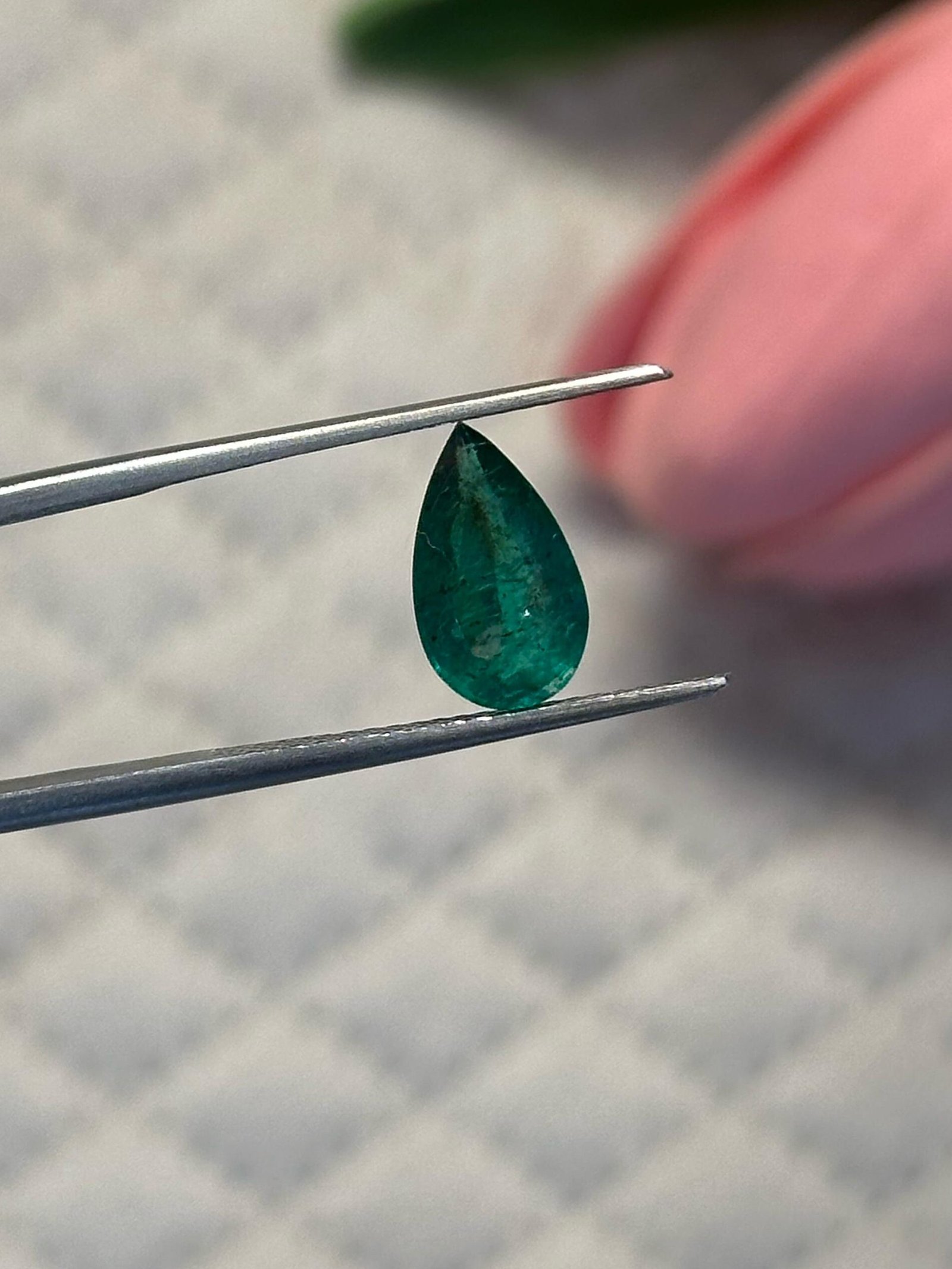
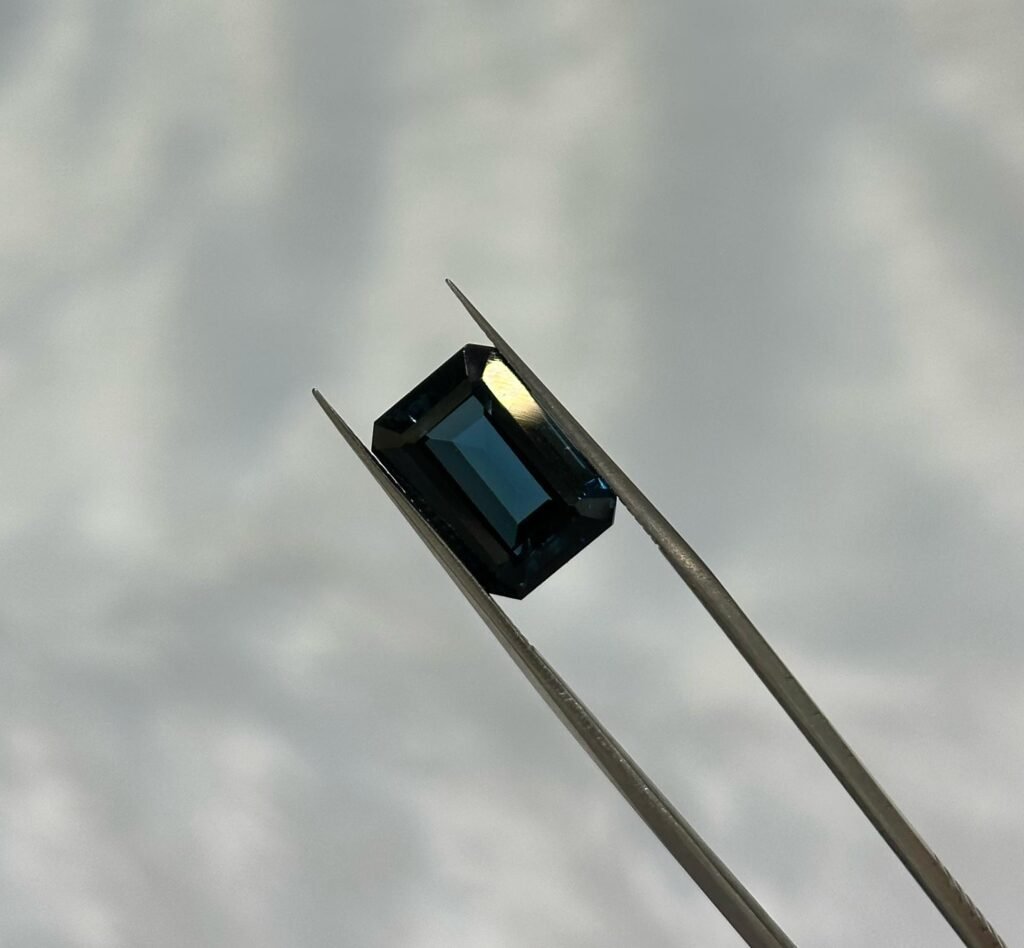
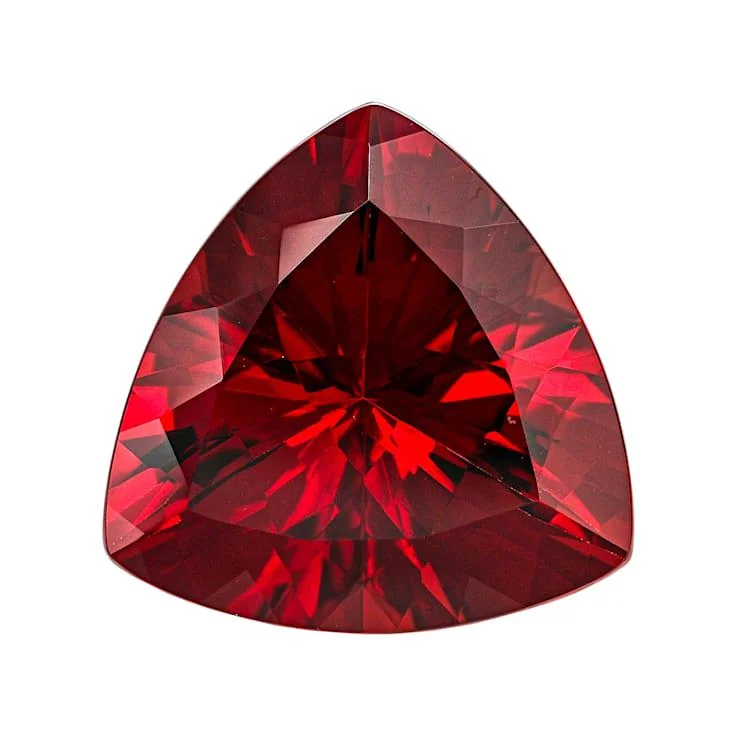
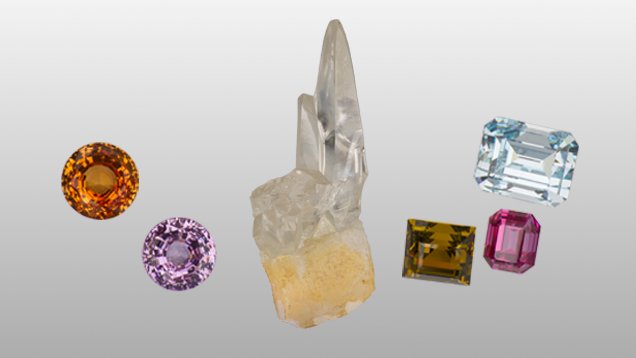
- Look for Inclusions
Natural gemstones almost always have inclusions—tiny internal marks or characteristics formed over time. They’re like nature’s fingerprints.
- Diamonds: May show feather-like inclusions or carbon spots.
- Emeralds: Known for “jardin” (garden-like) inclusions
- Rubies & Sapphires: May show needle-like rutile inclusions
- 💡 Tip: Completely flawless stones are likely synthetic or heavily treated.
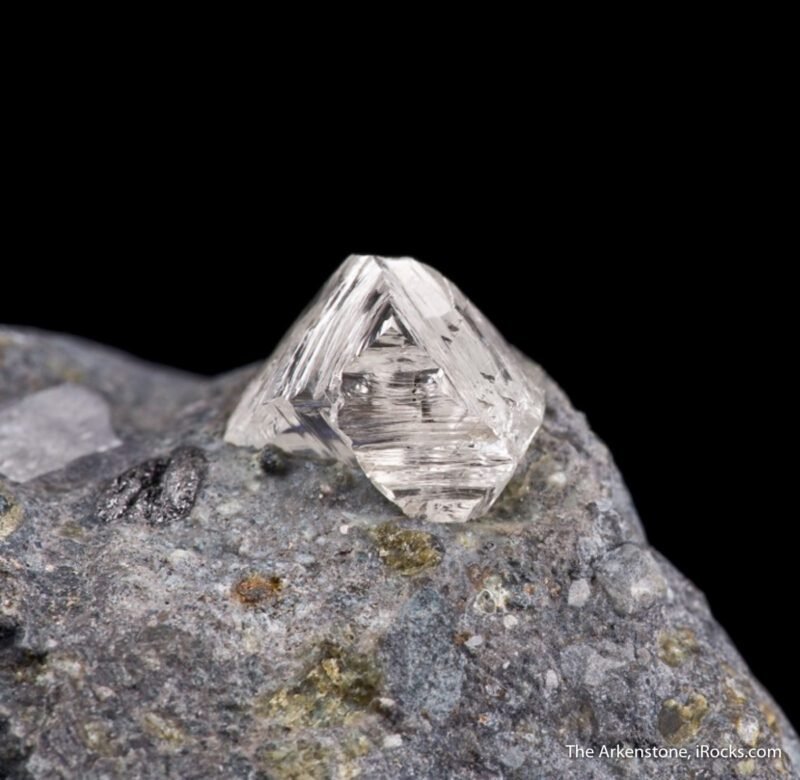
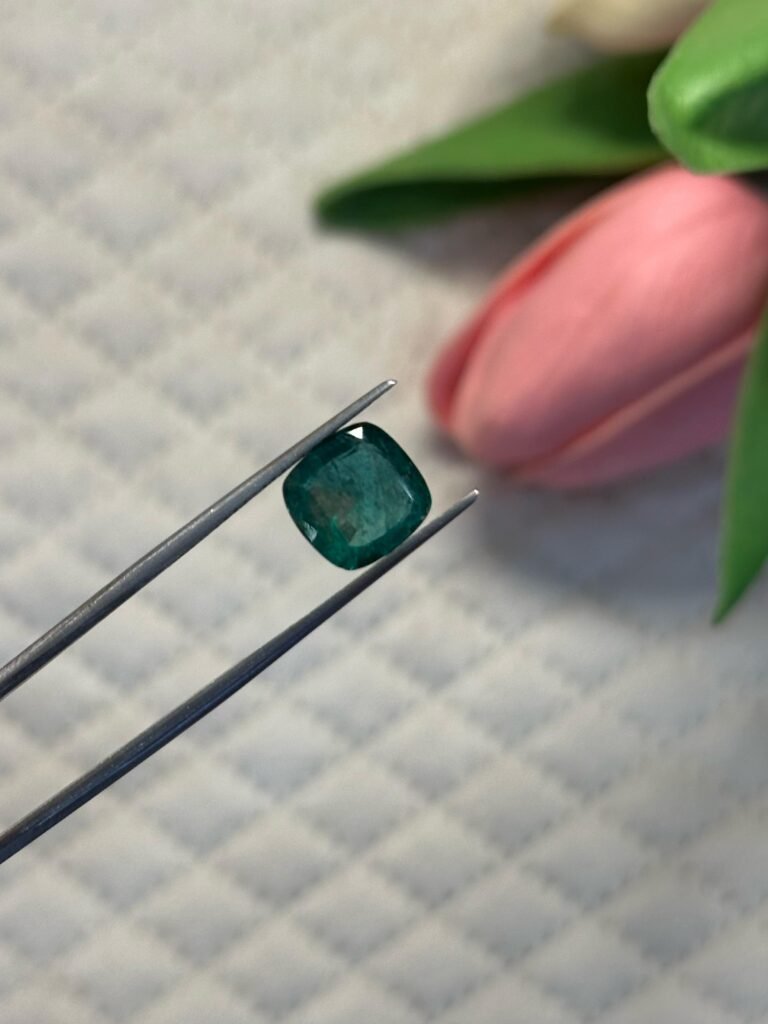
https://thegemcastle.com/product/emerald3-00ctsemc-4/
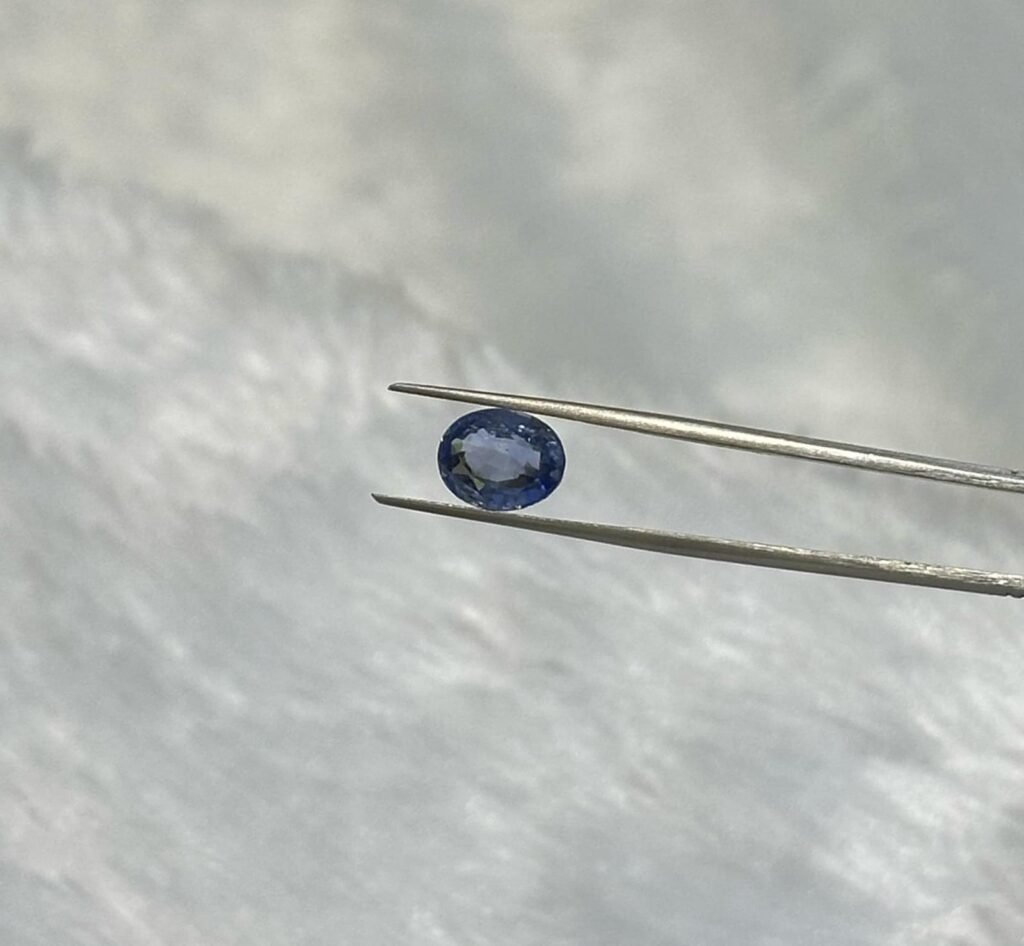
https://thegemcastle.com/product/blue-sapphire4-47ctsbso-2/
Gem Castle Bonus: Every gemstone we sell is carefully handpicked by expert gemologists for beauty and authenticity, not fake perfection.
https://thegemcastle.com/product/emerald1-64ctsempe-3/
- Ask for Certification
A gemstone certificate from a reputable gemological lab is your best friend. Look for names like:
- GIA (Gemological Institute of America)
- https://www.giaindia.in/campus-tour-surat
- GII (Gemological Institute Of India)
- https://www.giigemlab.com/
- GRS (Gem Research Swiss lab AG) (For Colored Stones)
- https://www.gemresearch.ch/
- AIGS (Asian Institute of Gemological Sciences) (For Colored Stones)
- https://www.aigsthailand.com/
- TGL (Transnational Gemological Laboratory) (For Colored Stones)
- https://www.instagram.com/tg_lab/
The certificate will tell you:
- Whether the stone is natural.
- Any treatments done.
- Origin (sometimes).
- Weight, cut, and color grading.
- Gem Castle Promise: All our loose gemstones come with certification to ensure full transparency.
- Check the Source (and Seller)
Who you’re buying from matters just as much as what you’re buying. Many cheap or online-only sellers offer synthetic stones without disclosure.
Ask:
- Where was the gemstone sourced from?
- Is the seller a certified jeweller or gemologist?
- Can they explain why one gem is priced higher than another?
- Why Gem Castle is Trusted:
- We are gemologists by profession—and we source only authentic, natural gemstones, cut to perfection and set in high-quality gold.
- Examine the Cut and Finish
Natural stones may not have the laser-perfect polish of synthetics. Instead:
- They’re cut to enhance their natural color and brilliance.
- Slight asymmetry or soft edges may be present.
- Some shapes preserve weight over perfection.
- In contrast, synthetic stones are usually machine-cut for high symmetry.
What to expect from us: Beautiful, natural cuts that enhance light performance and showcase each gem’s personality.
- Beware of Deals That Are Too Good to Be True
If a dealer is offering a 3-carat emerald or ruby at a too-good-to-be-true price—chances are:
- It’s synthetic or glass-filled
- It’s heavily treated
- It won’t hold long-term value
- 💎 Remember: Natural gemstones are rare. Real value comes with real origin.
- Compare the Weight (for Diamonds)
Natural diamonds and synthetic stones (like cubic zirconia or moissanite) differ in weight and brilliance.
- Cubic zirconia is heavier than a diamond of the same size.
- Moissanite has more fire (rainbow sparkle), but looks different under magnification.
- Best way to tell: Always use a professional jeweller’s loupe—or better yet, let your trusted jeweller verify it.
- Trust Your Jeweller (and Their Knowledge)
Your jeweller should be able to:
- Show you how to compare stones side-by-side
- Offer certifications without hesitation
- Explain origin, rarity, and value clearly
- That’s what sets Gem Castle apart—we’re not just selling jewelry, we’re educating you as you invest in fine, meaningful gemstones.
In Summary: How to Know if a Gemstone is Natural
| Feature | Natural Stone | Synthetic/Simulant |
| Inclusions | Yes (visible under loupe) | Often flawless or different |
| Certification | Available & recommended | Often not provided |
| Origin | Earth-mined | Lab-created or artificial |
| Price | Reflects rarity & demand | Significantly lower |
| Source transparency | Usually clear with reputable sellers | Often vague or absent |
Want Help Verifying a Gemstone You Own?
Visit our showroom or send us a photo—we’ll help you identify and evaluate your gemstone, and even suggest how to reset it beautifully.
Gem Castle Guarantee:
100% Natural Gemstones
Lab-Certified
Transparent Pricing & Value
